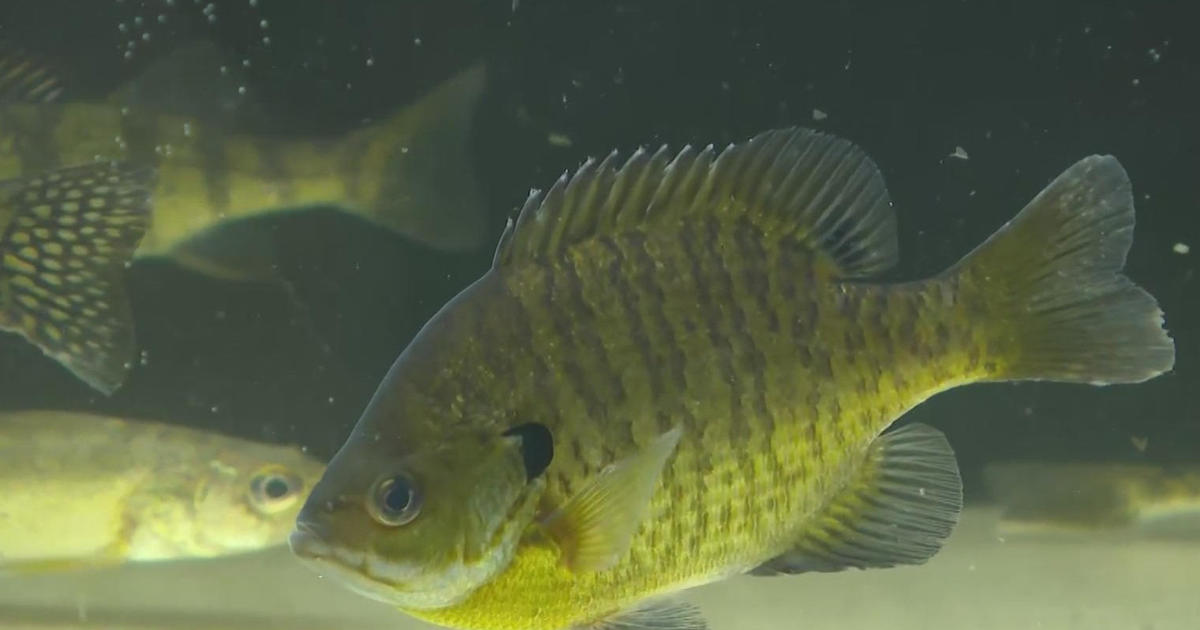Study: No High-Risk Great Lakes Asian Carp Paths
TRAVERSE CITY, Mich. (AP) — A study of 18 canals, ditches and other waterways that could link the Great Lakes and Mississippi River watersheds found none were likely pathways to the lakes for Asian carp, federal officials said Friday.
The U.S. Army Corps of Engineers assessed the sites as part of a broader search for ways to stop the flood of invasive species between the two giant drainage basins. Of particular concern are bighead and silver carp — ravenous Asian fish scientists say could out-compete native species for food.
Asian carp have infested the Mississippi and Illinois rivers and are approaching a Chicago-area shipping canal through which they might be able to reach Lake Michigan. Under pressure from Congress and advocacy groups, the Army Corps has promised to produce options for blocking their passage by the end of next year.
But the Corps and other federal, state and local agencies are examining other locations that also could serve as back doors for invaders. In 2010, they identified 36 places where a surface water connection across the basin divide could form, particularly during flooding. The list was pared to 18 sites that posed the greatest risk.
The report said none of them had a high potential as entry points for Asian carp, although three were rated as having a medium potential: Eagle Marsh near Fort Wayne, Ind.; Parker-Cobb Ditch near Valparaiso, Ind.; and Little Killibuck Creek in Ohio, about 38 miles southwest of Cleveland. The others had a low potential.
A high potential means conditions suggests a strong likelihood that invasive species will cross the basin divide at that location within 20 years, said Jack Drolet, program manager for the Corps study. A medium potential means it probably will happen within 50 years. A low potential means it probably won't happen within 50 years.
The findings are good news in the battle against the carp, said John Goss, Asian carp director for the White House Council on Environmental Quality.
"We will continue to take comprehensive action to protect our Great Lakes and the communities that depend on them, and to ensure an effective long-term solution that works for Great Lakes communities," he said.
Authorities have placed a chain-link fence in Eagle Marsh as a stopgap measure. The marsh is considered a possible connection between the Wabash River, which has Asian carp, and the Maumee River, a Lake Erie tributary. Scientists have detected silver carp DNA in water samples from Lake Erie's Maumee Bay, into which the Maumee River flows, although searches have turned up no actual Asian carp.
The study also said Eagle Marsh has a high potential as a pathway through which a fish-killing organism called viral hemorrhagic septicemia, or VHS, could reach the Mississippi basin. That was the only high-potential designation given to any of the 18 locations as access points for any invasive species.
Seven were given medium-potential ratings for fish species such as the northern snakehead and tubenose goby.
(© Copyright 2012 The Associated Press. All Rights Reserved. This material may not be published, broadcast, rewritten or redistributed.)



